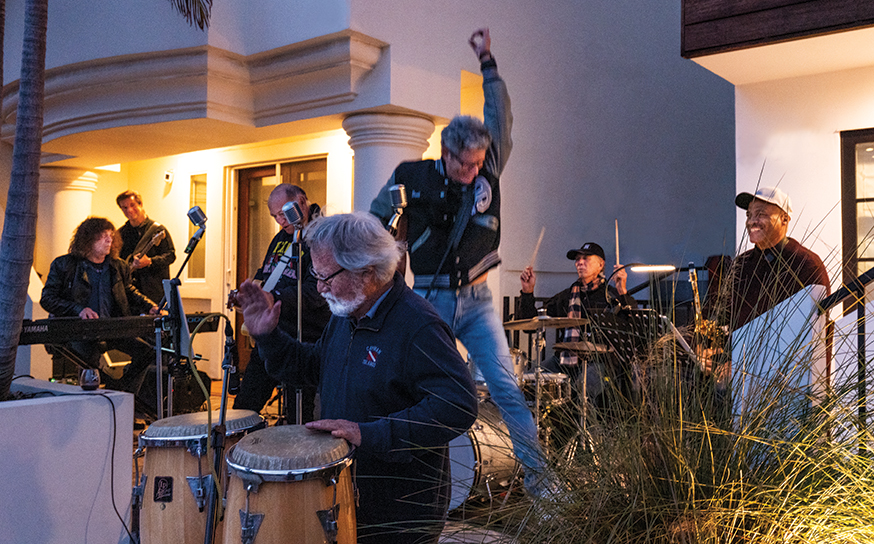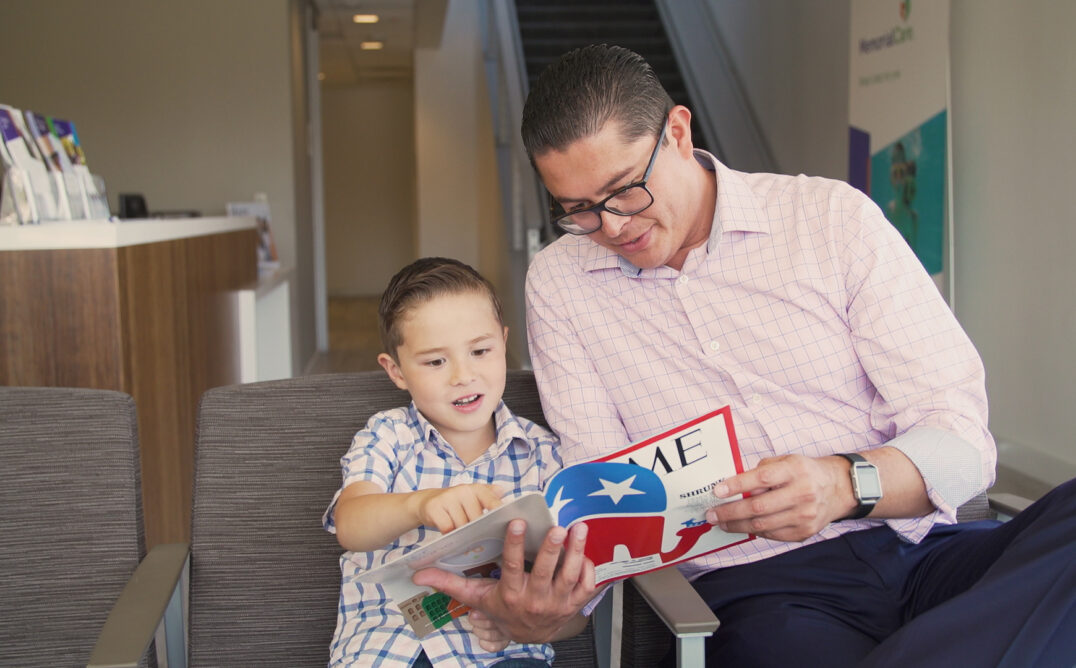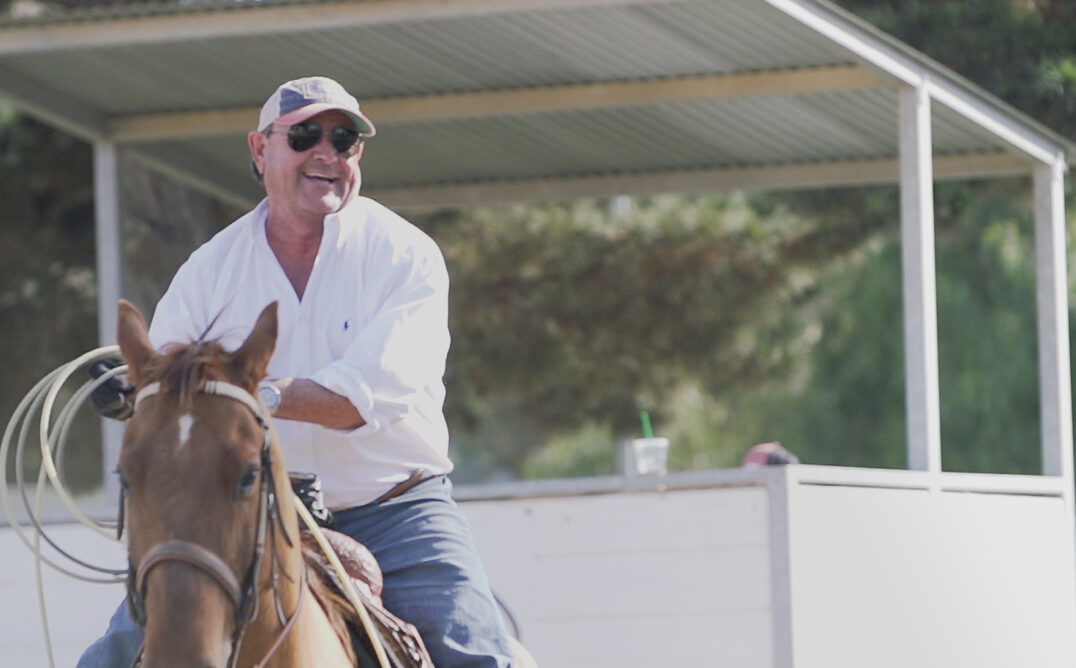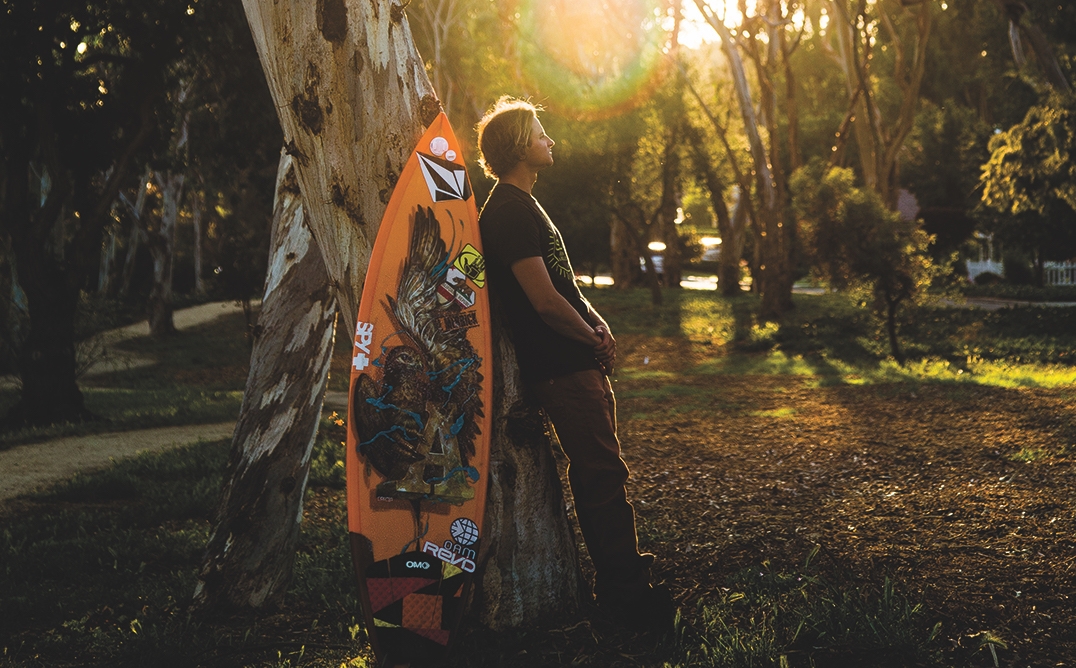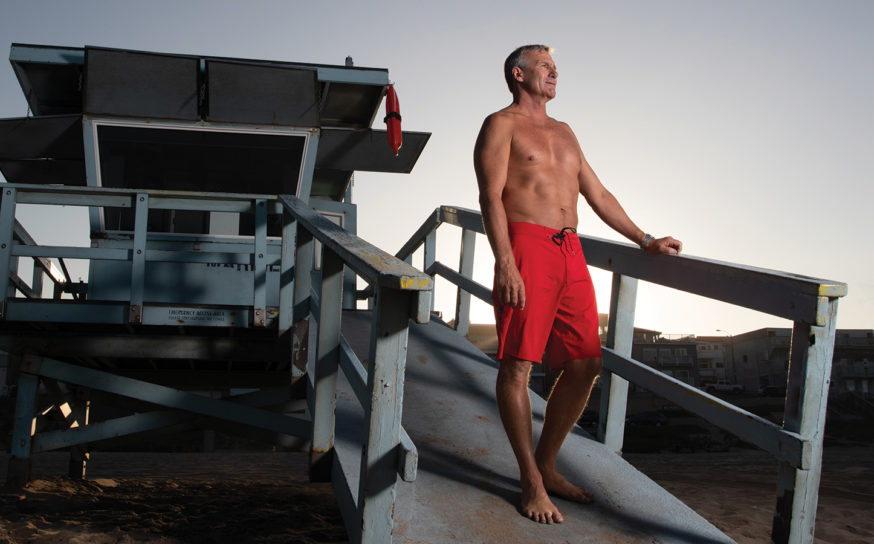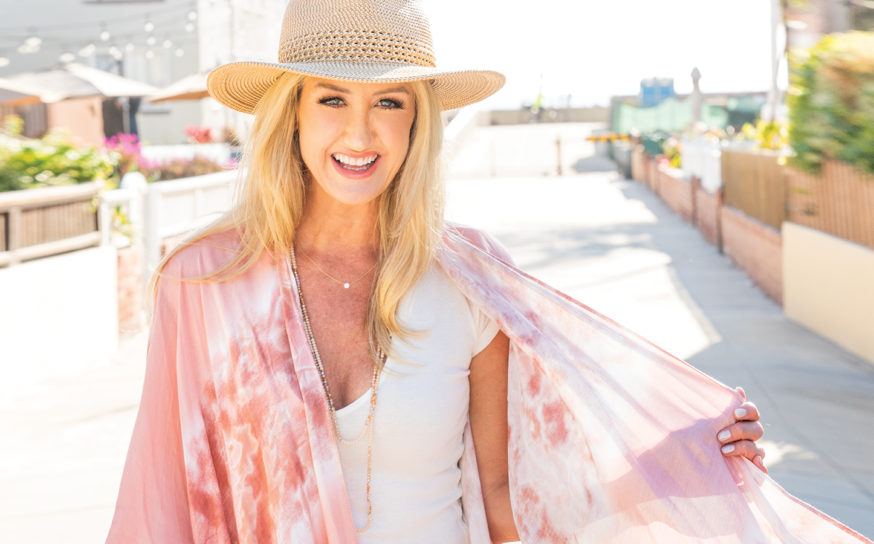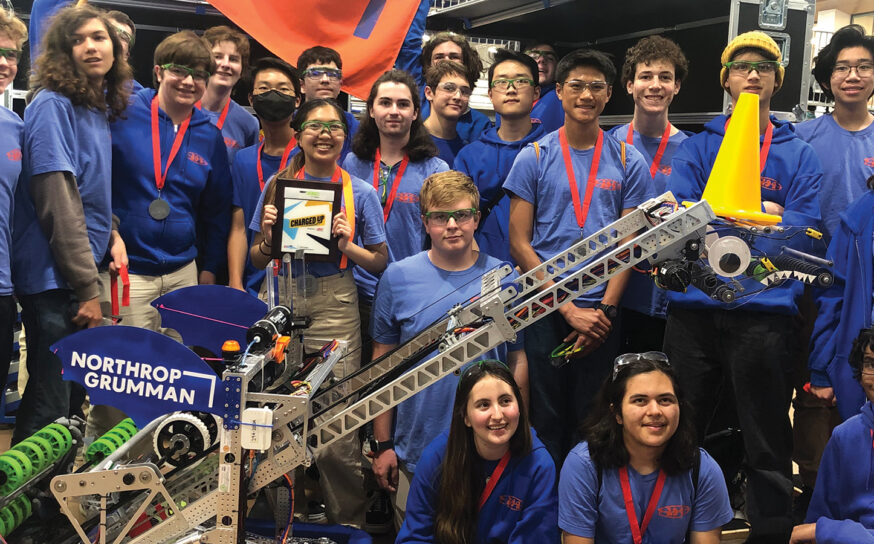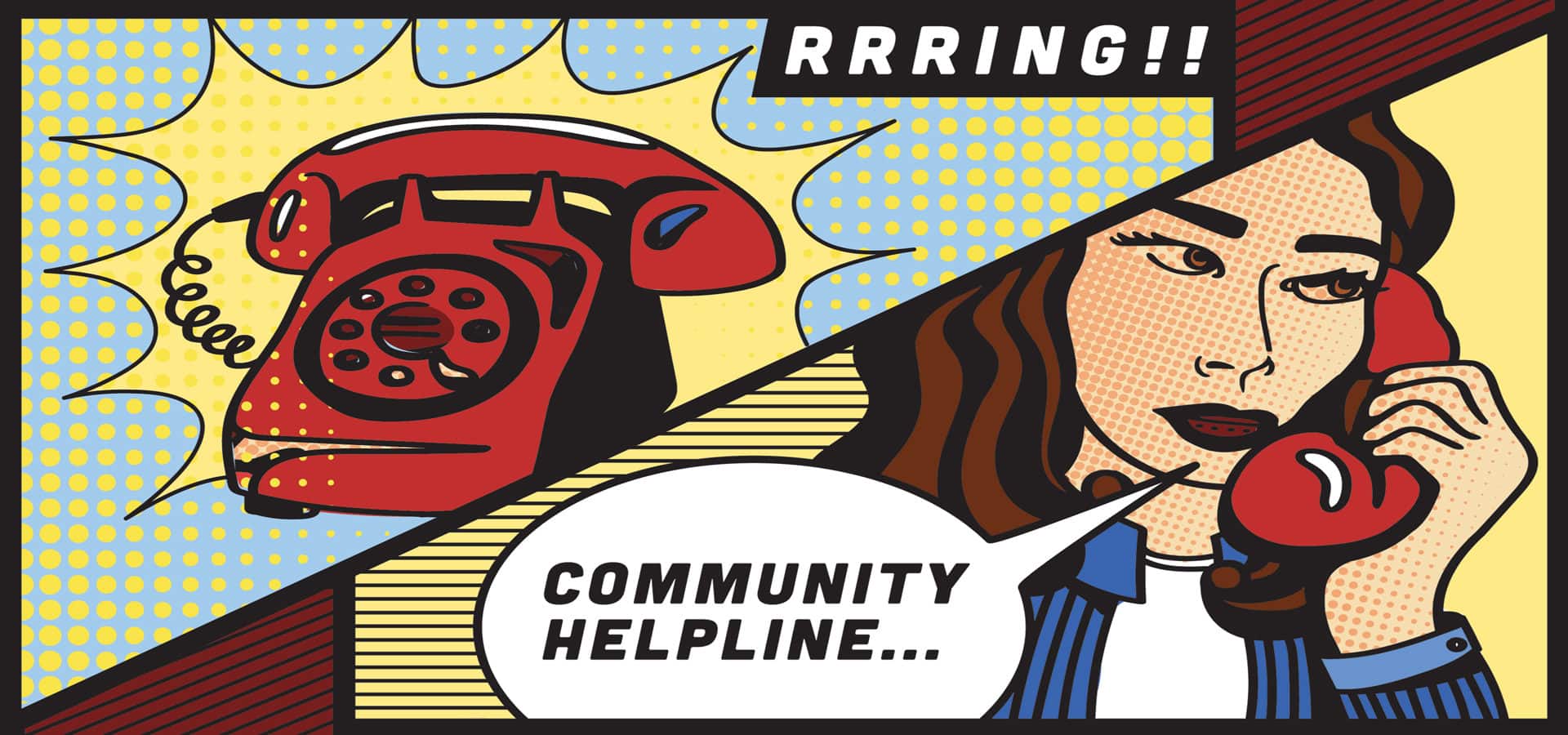
50 Years of Support From the Torrance-Based Community Helpline
Lifeline of hope.
Often, the person on one end of the line is still in high school—either in need of an empathetic ear or willing to provide one. We talked with some of the hotline’s teenage volunteers on how important this role is and why it’s more crucial than ever to raise awareness around teen suicide.
“Most people can hear; few people can listen.”
This is just one of the inspirational quotes on a large white board in the office of the Community Helpline on Crenshaw Boulevard in Torrance. The helpline has more than 70 volunteers, and around 75% of them are South Bay High School students.
Since 1971 the Community Helpline has taken approximately 1,000 calls per month, and in 2018 it supported more than 13,000 calls—not just from the South Bay but from more than 100 cities in California. Some of the calls are also from out of state, which has become much more prevalent in the past few years. Callers are as young as 13 and up to their 80s. Sometimes calls last as long as an hour; other times they are just a few minutes.
“These kids are absolutely amazing,” says Kathleen Pantucci, director of outreach for the Community Helpline. “They are so mature and show great empathy. Some come into training and are quite shy, and then we see them blossom and gain confidence. They are changing lives and know it. They’ll take all those skills out into the world.”
The pressures of everyday life have only increased for teenagers and young adults over the past few decades. Social media, daily activities, and the academic and social stress of high school and college applications all contribute to an overwhelming sense of identity.
“One of the things I have learned in the program is not to give advice or my opinion, but an ear to listen and not necessarily speak.”
That’s what makes the helpline that much more remarkable—the fact that volunteers are mostly high school students who at times are dealing with the same issues and choosing to lend a hand in what many would consider an emotionally exhausting environment.
When volunteers go through the training process, the focus is on being an active listener and providing hope and compassion to callers. It’s a five-week training program that is two nights a week with 2½-hour classes. Speakers from the mental health field come in and talk about topics the volunteers may hear when receiving calls. The trainees also take part in role-play.
“I was apprehensive because I didn’t want to feel too connected to calls. With college applications and school, I didn’t want to be taking that home with me and weigh me down more,” 17-year-old Palos Verdes High School student Lily Tessler shares. “Now I feel like it has had the opposite effect. I know it can be intimidating, but I realized you just have to give it a chance.”
Every volunteer has a different story about why they decided to make such a commitment that, at times, can leave them emotionally drained. Lily decided to volunteer at the Community Helpline after a family member had thoughts of suicide. She remembers hearing about the situation but not knowing how to respond.
She is often in the office in the early afternoon. How does she manage that, given that most students are done with school around 3 p.m.? She wakes up at 6 a.m. and is done with school at noon. She knows that not many volunteers can be in the office at that time, so she made a concerted effort to adjust her schedule.

“Everyone knows that someone in their life is going to need support at one point,” she says. “One of the things I have learned in the program is not to give advice or my opinion, but an ear to listen and not necessarily speak. Just to have someone be heard helps them open up even more than cutting them off.”
Palos Verdes High School student McKinley Pieper, who decided to volunteer with her mom, remembers a friend in middle school who cut herself but didn’t want anyone else to know. The 18-year-old wishes she knew now what she didn’t know then.
“Everything we’ve learned about, including mental illness, is so prevalent in today’s society that it is important that we learn about it and learn how to handle it,” McKinley says. “Even my friends come to me and know that I have good listening skills.”
How do callers and volunteers hear about the helpline? While much of it is word-of-mouth, teachers from local high schools—including Redondo Union, Palos Verdes and Peninsula high schools—encourage students they think may be interested in volunteering.
Local colleges, which include Cal State Fullerton, Cal State Long Beach and Cal State Dominguez Hills, have partnered with the Community Helpline and play a big role in increasing its visibility. The helpline has also partnered with Didi Hirsch Mental Health Services, Los Angeles County Department of Public Health, LAUSD Resources Directory and 2-1-1 directory.
“I tell the kids a lot that they are going to get calls that blow them away, but to remember that they are the person who was meant to take that call and that they can handle it.”
After training, the first actual call is one each volunteer never forgets. Reflecting back on those calls, the volunteers laugh nervously—remembering more details than so many other calls they have taken. While a mentor may be next to them giving encouragement, when they pick up that first call their heart skips a beat.
“I don’t think I have ever been so nervous,” Lily remembers. “It was a repeat caller and they were noise-sensitive, so for about 15 minutes they talked and I listened. I just did a bunch of verbal nods and learned to be calm and do my best to match their energy.”
Anna Privett, an 18-year-old Palos Verdes High School student, remembers a caller who was suicidal and barely spoke during their conversation. That person called back about two months later, and Anna says he sounded much happier.
“It wasn’t even the fact that I may have made a difference. It was the fact that I could hear he progressed and seemed like he was better,” says Anna.
Hanging on a wall in front of the call station is a “Feelings and Emotions” poster with 25 different ones to give volunteers a subtle reminder about the way callers could be feeling. In 2018, 4,000 of the calls addressed mental health disorders, and 2,500 were referred to local health and human service agencies.
Sometimes the volunteers will get callers who are lonely and just need someone to talk to. Volunteers have had conversations about dogs, others about sandwiches. That’s the beauty of the Community Helpline: You never know what will be on the other end of a call.
When someone calls the helpline, the volunteer gets as much information as possible and keeps call notes. That way if the person calls again, the volunteer on the line can pull up important details, including previous conversations.
Lily took a call a few months ago from an older woman who was upset about a recent diagnosis and was about to tell her family. Because Lily comes into the office around the same time for each shift, she often picks up when the woman calls every week or so.
“I would read her call notes and she would ask for me and would also leave updates about how she was doing,” she says. “When I take the call from her, she is always super excited and talks about the connection we have. It’s nice to be able to have that kind of connection with a caller. It validated for me that what I was doing was making a difference.”
While the volunteers have made such a difference in so many lives, sometimes the students get pushback from those who call, saying they sound too young. When that happens, the students do their best to stress that they have had the same training as everyone else, no matter the age.
“I tell the kids a lot that they are going to get calls that blow them away, but to remember that they are the person who was meant to take that call and that they can handle it,” says volunteer coordinator Katherine Stritzinger.
As the amount of calls the helpline receives each year increases, the goal in the coming months and years is to expand its hours. Right now the helpline is open from 8 a.m. to 8 p.m., with most calls coming between 5 and 8 p.m. When a lull in calls takes place—which isn’t often—the office has coloring books, a candy jar and couches where the volunteers can relax, even if it is only for a few minutes.
“I never take a shift where at least one person on the line doesn’t say to me, ‘I don’t know what I would do if you guys weren’t picking up this phone,’” Kathleen says. “That really, really hits you hard, and then you drive home and you are so grateful for your family and friends.”
If you are interested in donating to or volunteering with the helpline, visit chelpline.org.

By the Numbers
10th
leading cause of death for Americans of all ages (CDC) is suicide
2nd
leading cause of death among young Americans ages 15 to 24 (NCHS and CDC) is suicide
7 in 100,000
youth ages 15 to 19 who die by suicide each year (NIMH)
50%
Americans experiencing episodes of major depression who seek treatment (NAMI)
80%-90%
people who seek treatment for depression who are treated successfully using therapy and/or medication (TAD Study)
1
death from suicide every 12 minutes in the U.S. (CDC)








